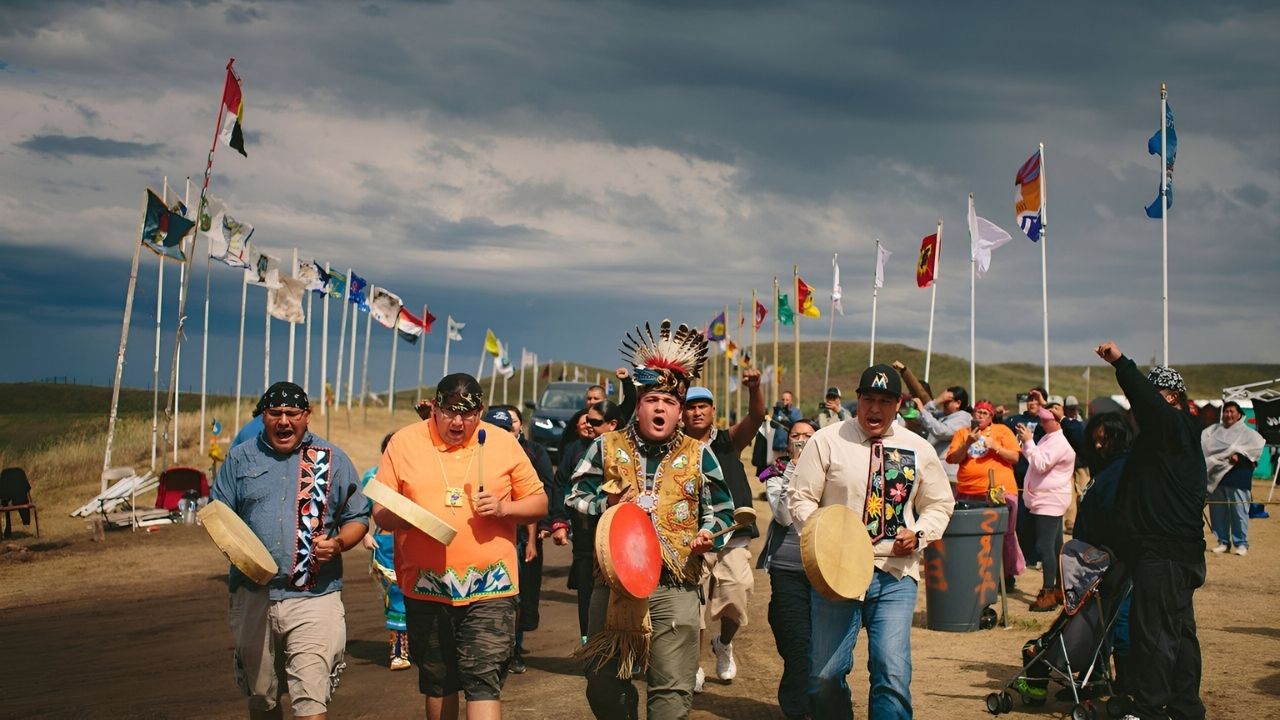
Native American rights have a rich history filled with struggles, victories, and ongoing challenges. Did you know that Native Americans were not granted U.S. citizenship until 1924? This fact highlights just one of many milestones in their fight for equality. From the Trail of Tears to the Indian Civil Rights Act of 1968, their journey has been marked by resilience and determination. Understanding these rights is crucial for appreciating the cultural and legal landscape that shapes their lives today. Join us as we explore 26 compelling facts about Native American rights, shedding light on their past, present, and future.
Key Takeaways:
- Native American rights have been shaped by a long history of displacement, legal milestones, and ongoing struggles. Despite challenges, they have made significant achievements in cultural preservation and political representation.
- Raising awareness and education about Native American rights is crucial for fostering understanding and support. Celebrating Native American Heritage Month in November honors their contributions and history.
Native American Rights: A Historical Perspective
Understanding the history of Native American rights helps us appreciate their struggles and achievements. Here are some key facts that shed light on this journey.
- Native American tribes were the original inhabitants of North America, with diverse cultures and languages.
- European colonization in the 15th century led to significant displacement and loss of land for Native Americans.
- The Indian Removal Act of 1830 forced many tribes to relocate west of the Mississippi River, known as the Trail of Tears.
- The Dawes Act of 1887 aimed to assimilate Native Americans by dividing tribal lands into individual plots.
- Native Americans were granted U.S. citizenship in 1924 through the Indian Citizenship Act.
Legal Milestones in Native American Rights
Several legal milestones have shaped the rights of Native Americans. These laws and court decisions have had profound impacts on their lives.
- The Indian Reorganization Act of 1934 ended the policy of allotment and aimed to restore tribal self-government.
- The Indian Civil Rights Act of 1968 granted Native Americans many of the protections found in the Bill of Rights.
- The American Indian Religious Freedom Act of 1978 protected the rights of Native Americans to practice their traditional religions.
- The Indian Child Welfare Act of 1978 aimed to keep Native American children with their families and tribes.
- The Native American Graves Protection and Repatriation Act of 1990 required federal agencies to return cultural items to tribes.
Modern Struggles and Achievements
Despite progress, Native Americans continue to face challenges. However, they have also achieved significant victories in recent years.
- Native American reservations often face high rates of poverty and unemployment.
- Access to healthcare remains a critical issue, with many Native Americans lacking adequate medical services.
- The Dakota Access Pipeline protests in 2016 highlighted ongoing struggles over land and environmental rights.
- Native American women face higher rates of violence compared to other groups.
- The Indian Gaming Regulatory Act of 1988 allowed tribes to operate casinos, providing economic benefits to many communities.
Cultural Preservation and Revitalization
Preserving and revitalizing Native American cultures is essential for maintaining their heritage and identity. Here are some efforts and successes in this area.
- Language revitalization programs aim to teach and preserve Native American languages.
- Powwows and cultural festivals celebrate Native American traditions and foster community.
- Native American artists and writers contribute to the broader cultural landscape with their unique perspectives.
- Tribal colleges and universities provide higher education opportunities while promoting cultural preservation.
- The National Museum of the American Indian in Washington, D.C., showcases Native American history and culture.
Political Representation and Advocacy
Political representation and advocacy play crucial roles in advancing Native American rights. Here are some notable developments.
- Native Americans have served in various political offices, including Congress and state legislatures.
- The National Congress of American Indians, founded in 1944, advocates for Native American rights and interests.
- The Native American Rights Fund provides legal assistance to tribes and individuals in defending their rights.
- The Indian Health Service, established in 1955, aims to improve healthcare for Native Americans.
- The Tribal Law and Order Act of 2010 enhanced law enforcement and justice in tribal communities.
Education and Awareness
Raising awareness and educating others about Native American rights is vital for fostering understanding and support. Here are some key points in this area.
- Native American Heritage Month, celebrated in November, honors the contributions and history of Native Americans.
Reflecting on Native American Rights
Understanding Native American rights means recognizing their rich history and ongoing struggles. From the Indian Citizenship Act of 1924 granting U.S. citizenship to the Indian Child Welfare Act protecting family integrity, these laws mark significant milestones. Yet, challenges persist, like the fight for land rights and cultural preservation.
Acknowledging these facts helps us appreciate the resilience and contributions of Native American communities. Their rights are not just historical footnotes but living issues impacting real lives today. By staying informed and advocating for justice, we can support their ongoing quest for equality and respect.
Let’s honor their legacy by continuing to learn and engage with these important topics. Every step toward understanding and action makes a difference in the journey toward true equality.
Frequently Asked Questions
Was this page helpful?
Our commitment to delivering trustworthy and engaging content is at the heart of what we do. Each fact on our site is contributed by real users like you, bringing a wealth of diverse insights and information. To ensure the highest standards of accuracy and reliability, our dedicated editors meticulously review each submission. This process guarantees that the facts we share are not only fascinating but also credible. Trust in our commitment to quality and authenticity as you explore and learn with us.
